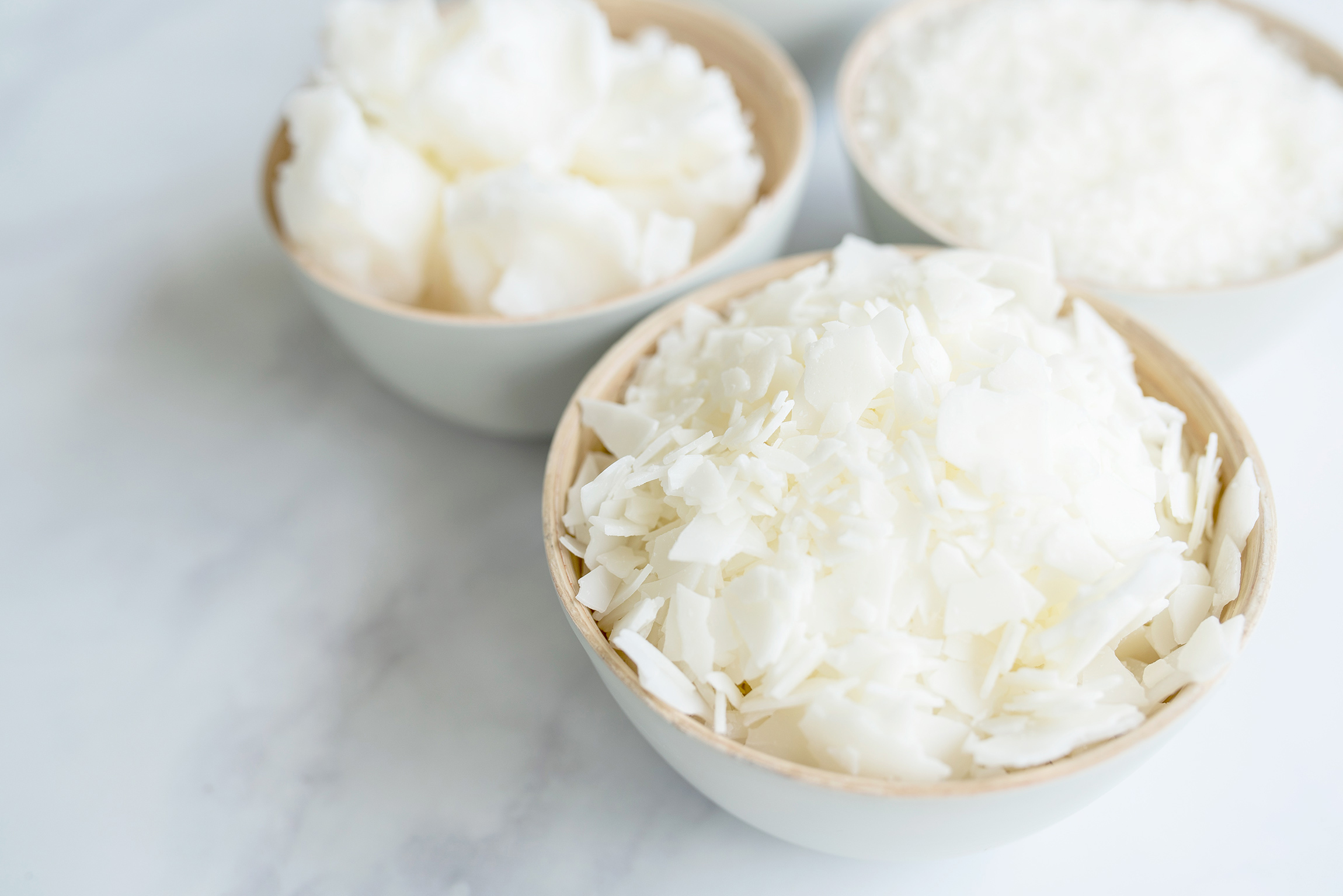Explore the Magic of Crystal Soy Candles and Home Fragrance
Explore the Magic of Crystal Soy Candles and Home Fragrance
Blog Article
From Wick to Wax: Comprehending the Chemistry Behind Soy Wax Candles and Their Ecological Effect
As we illuminate our rooms with the warm radiance of candle lights, there lies a realm of complex chemistry behind the apparently straightforward act of lighting a soy wax candle light. The selection between soy and paraffin wax extends beyond simple appearances, delving into the world of environmental influence and the very make-up of the products. Understanding the molecular structure of soy wax and its combustion process loses light on the exhausts launched right into our surroundings. Join us as we unravel the clinical intricacies behind soy wax candle lights and explore their ramifications on our environment.
Soy Wax Vs. Paraffin Wax
When comparing soy wax and paraffin wax for candle light making, it is important to comprehend the distinctive characteristics and benefits of each material. Soy wax is an all-natural, renewable energy stemmed from soybean oil, making it eco-friendly and eco-friendly - candles. On the other hand, paraffin wax is a byproduct of oil refining, which raises problems concerning its ecological influence and sustainability
Soy wax candles melt cleaner and discharge much less residue compared to paraffin wax candle lights, making them a much healthier selection for indoor air high quality. Furthermore, soy wax has a lower melting point, permitting a longer-lasting candle light that disperses scent more properly. Paraffin wax, on the other hand, often tends to shed faster and much less cleanly, potentially launching hazardous chemicals right into the air.
From a sustainability point of view, soy wax is favored for its biodegradability and sustainable sourcing, straightening with the growing consumer choice for eco mindful products. While paraffin wax has been a conventional selection in candle light making due to its price and convenience of use, the change towards environment-friendly options like soy wax is gaining energy in the market.
Chemical Make-up of Soy Wax

Combustion Refine in Soy Candles
The chemical make-up of soy wax directly affects the burning process in soy candle lights, influencing aspects such as melt time, scent launch, and ecological impact. When a soy candle is lit, the heat from the flame melts the wax near the wick. This fluid wax is then created the wick due to capillary activity. As the liquid wax gets to the flame, it evaporates and undergoes burning. The combustion process entails the vaporized hydrocarbons in the wax responding with oxygen airborne to produce heat, light, water vapor, and carbon dioxide.
The combustion performance of soy candles is influenced by the purity of the soy wax and the top quality of the wick. A clean-burning soy candle light with a correctly sized wick will produce a steady fire and reduce soot development. This not only extends the melt time of the candle but likewise enhances the release of scents. Additionally, soy wax candles have a lower environmental impact compared to paraffin candle lights because of their sustainable and naturally degradable nature.

Environmental Benefits of Soy Wax

Considered a lasting alternative to standard paraffin wax, soy wax offers notable environmental benefits that make it a popular selection amongst eco-conscious consumers. One substantial benefit of soy wax is its sustainable sourcing. Soy wax is stemmed from soybean oil, which our website is primarily grown in the United States. The farming of soybeans helps support regional farmers and reduces the dependence on non-renewable nonrenewable fuel sources utilized in paraffin wax manufacturing. Furthermore, soy wax is biodegradable, indicating it damages down naturally without launching damaging toxins right into the environment. This characteristic makes soy wax candles a more eco-friendly choice compared to paraffin wax candles, which are made from oil, a non-renewable source. Soy wax burns cleaner and generates less residue than paraffin wax, adding to far better interior air high quality and minimizing the need for cleaning and maintenance. In general, the ecological advantages of soy wax straighten with the expanding need for lasting and green products in the market.
Recycling and Disposal Considerations
Reusing and correct disposal of soy wax candles play a vital role in maintaining ecological sustainability and minimizing waste in neighborhoods and houses. When it concerns reusing soy wax candles, the very first action is to make sure that the candle light has actually melted totally. This can be attained by permitting the candle to melt till the wick is no longer usable, and afterwards letting the remaining wax cool and solidify. As soon as the wax has actually strengthened, it can be very carefully removed from the container.

In regards to disposal, if recycling is not a choice, soy wax candle lights are eco-friendly and can be safely thrown away in many house waste systems. It is always recommended to examine with local recycling facilities or waste administration solutions for particular standards on candle light disposal to ensure appropriate handling and ecological security.
Verdict
Finally, the chemistry behind visit this web-site soy wax candles exposes their environmental benefits over paraffin wax candles. Soy wax, originated from soybean oil, burns cleaner and creates less soot when compared to paraffin wax. The combustion procedure in soy candle lights is a lot more effective, leading to a longer and extra even shed. Additionally, soy wax is sustainable and naturally degradable, making it a more lasting option for candle manufacturing. Reusing and proper disposal of soy wax candle lights further add to their ecological effect.
When comparing soy wax and paraffin wax for candle production, it is essential to my response recognize the unique qualities and advantages of each material (home fragrance).Soy wax candle lights melt cleaner and give off much less soot contrasted to paraffin wax candles, making them a much healthier selection for indoor air high quality.Thought about a lasting choice to conventional paraffin wax, soy wax provides significant ecological benefits that make it a prominent selection among eco-conscious customers. Soy wax burns cleaner and generates less residue than paraffin wax, contributing to much better indoor air quality and minimizing the need for cleansing and upkeep.In conclusion, the chemistry behind soy wax candle lights discloses their environmental advantages over paraffin wax candles
Report this page